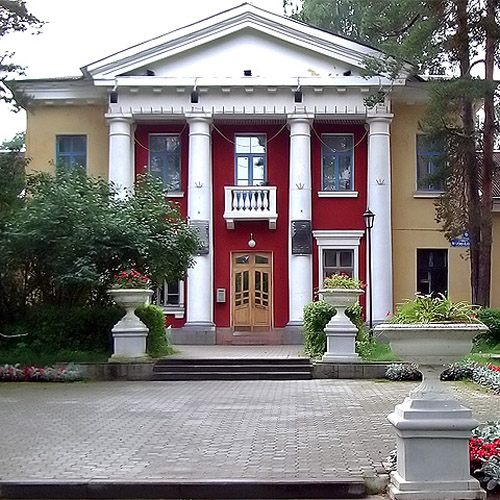Nihonium
113
Nh
Groep
13
Periode
7
Blok
p
Protonen
Elektronen
Neutronen
113
113
173
Algemene Eigenschappen
Atoomnummer
113
Atomair gewicht
[286]
Massa Getal
286
Categorie
Hoofdgroepmetalen
Kleur
n.v.t.
Radioactief
Ja
De naam komt van de algemene Japanse naam voor Japan
Kristalstructuur
n.v.t.
Historie
Nihonium werd in 2003 geïdentificeerd als een alfavervalproduct van element 115, moscovium door een team bestaande uit Russische wetenschappers aan het Joint Institute for Nuclear Research, Dubna en Amerikaanse wetenschappers aan het Lawrence Livermore National Laboratory.
De Dubna-Livermore samenwerking heeft hun claim voor de ontdekking van nihonium versterkt door chemische experimenten uit te voeren op het uiteindelijke vervalproduct 268Db.
De Dubna-Livermore samenwerking heeft hun claim voor de ontdekking van nihonium versterkt door chemische experimenten uit te voeren op het uiteindelijke vervalproduct 268Db.
Eletronen per schil
2, 8, 18, 32, 32, 18, 3
Electronconfiguratie
[Rn] 5f14 6d10 7s2 7p1
Nihonium staat historisch bekend als eka-thallium
Fysieke Eigenschappen
Fase
Vast
Dichtheid
16 g/cm3
Smeltpunt
703,15 K | 430 °C | 806 °F
Kookpunt
1373,15 K | 1100 °C | 2012 °F
Fusiewarmte
n.v.t. kJ/mol
Verdampingswarmte
n.v.t. kJ/mol
Specifieke Warmtecapaciteit
- J/g·K
Overvloedig aanwezig in de aardkorst
n.v.t.
Overvloedig aanwezig in het universum
n.v.t.

Verdiensten voor afbeeldingen: Wikimedia Commons (Hrustov)
Het element werd ontdekt bij het Verenigd Instituut voor Kernonderzoek in Dubna, Rusland
CAS-nummer
54084-70-7
PubChem CID nummer
n.v.t.
Atoomeigenschappen
Atoomstraal
-
Covalentiestraal
136 pm
Electronegativiteit
-
Ionisatiepotentiaal
-
Atoomvolume
-
Thermische geleiding
-
Oxidatietoestanden
1, 3, 5
Toepassingen
Nihonium wordt alleen gebruikt voor wetenschappelijk onderzoek.
Nihonium is schadelijk vanwege zijn radioactiviteit
Isotopen
Stabiele isotopen
-Instabiele isotopen
278Nh, 282Nh, 283Nh, 284Nh, 285Nh, 286Nh, 287Nh